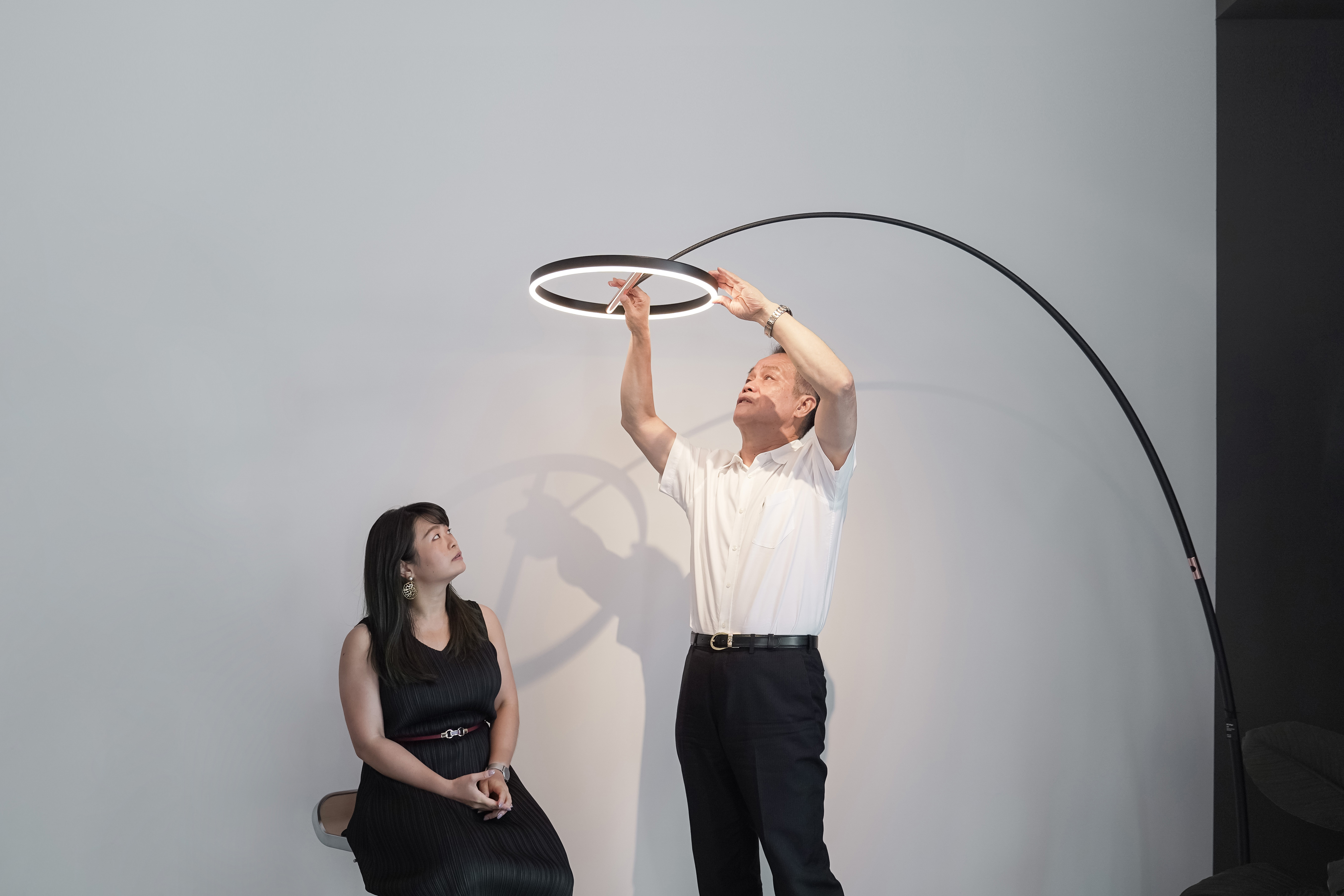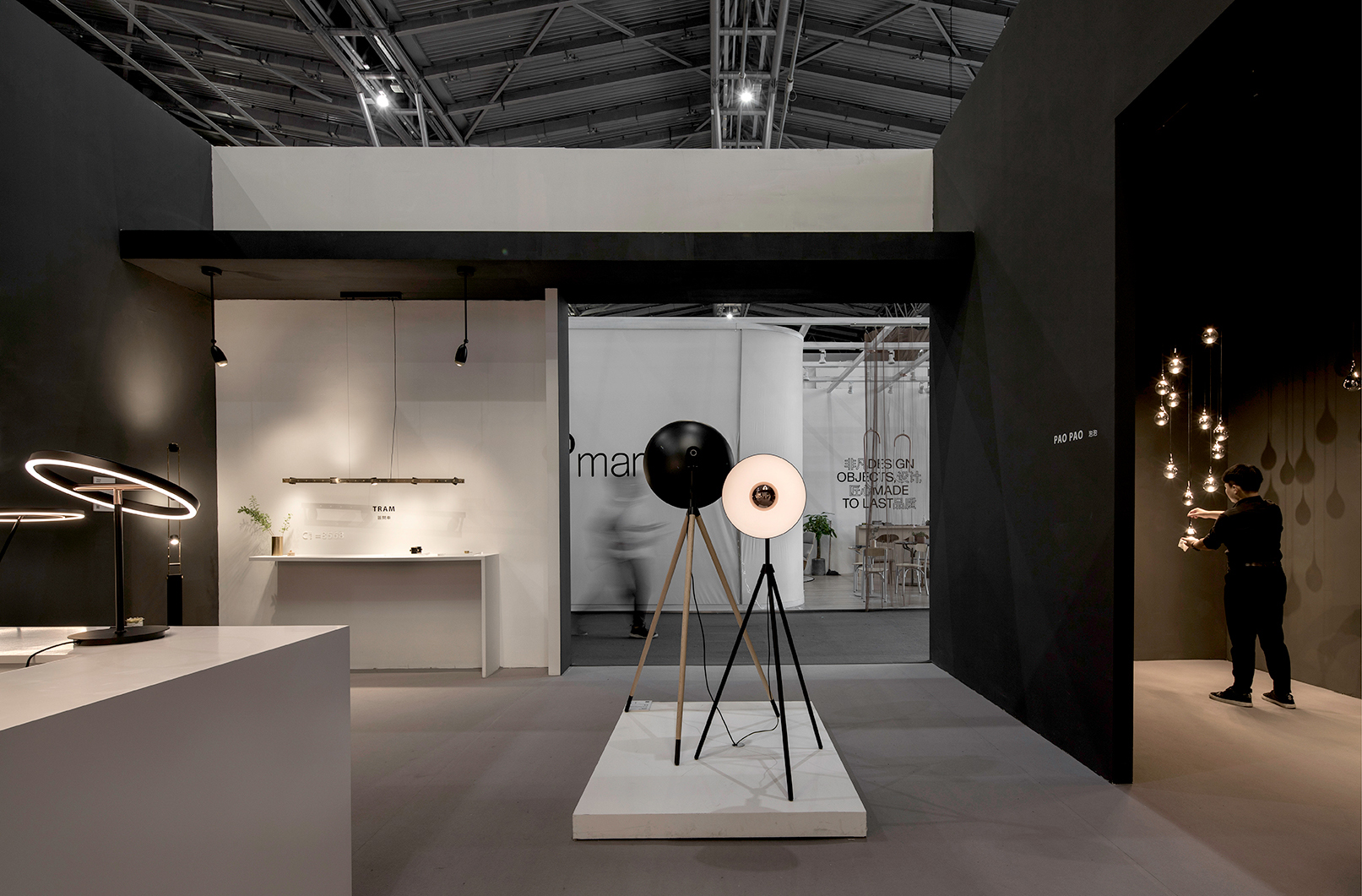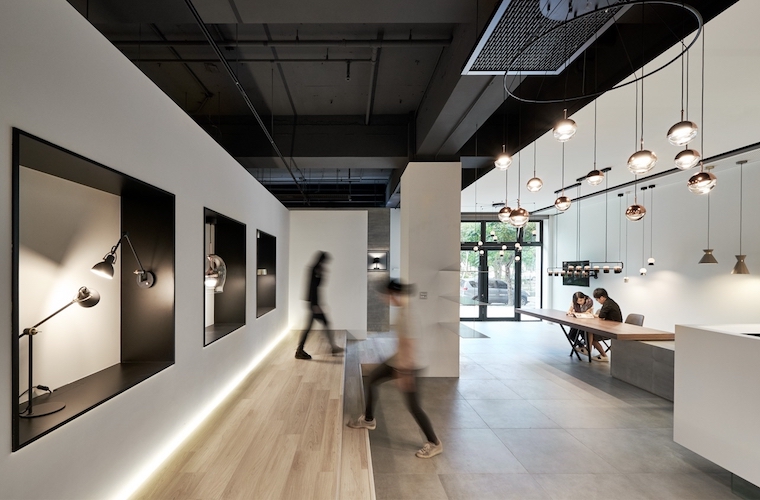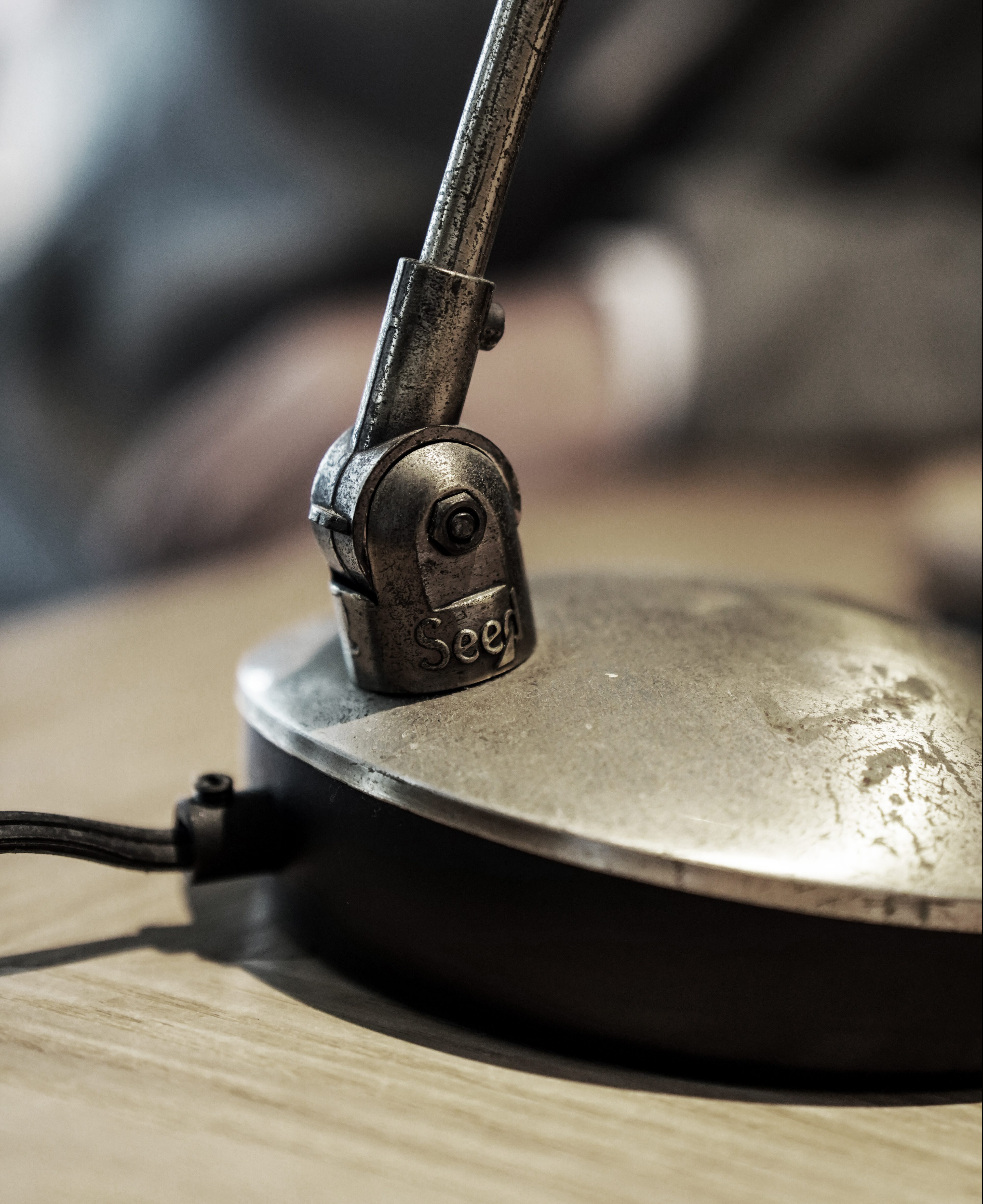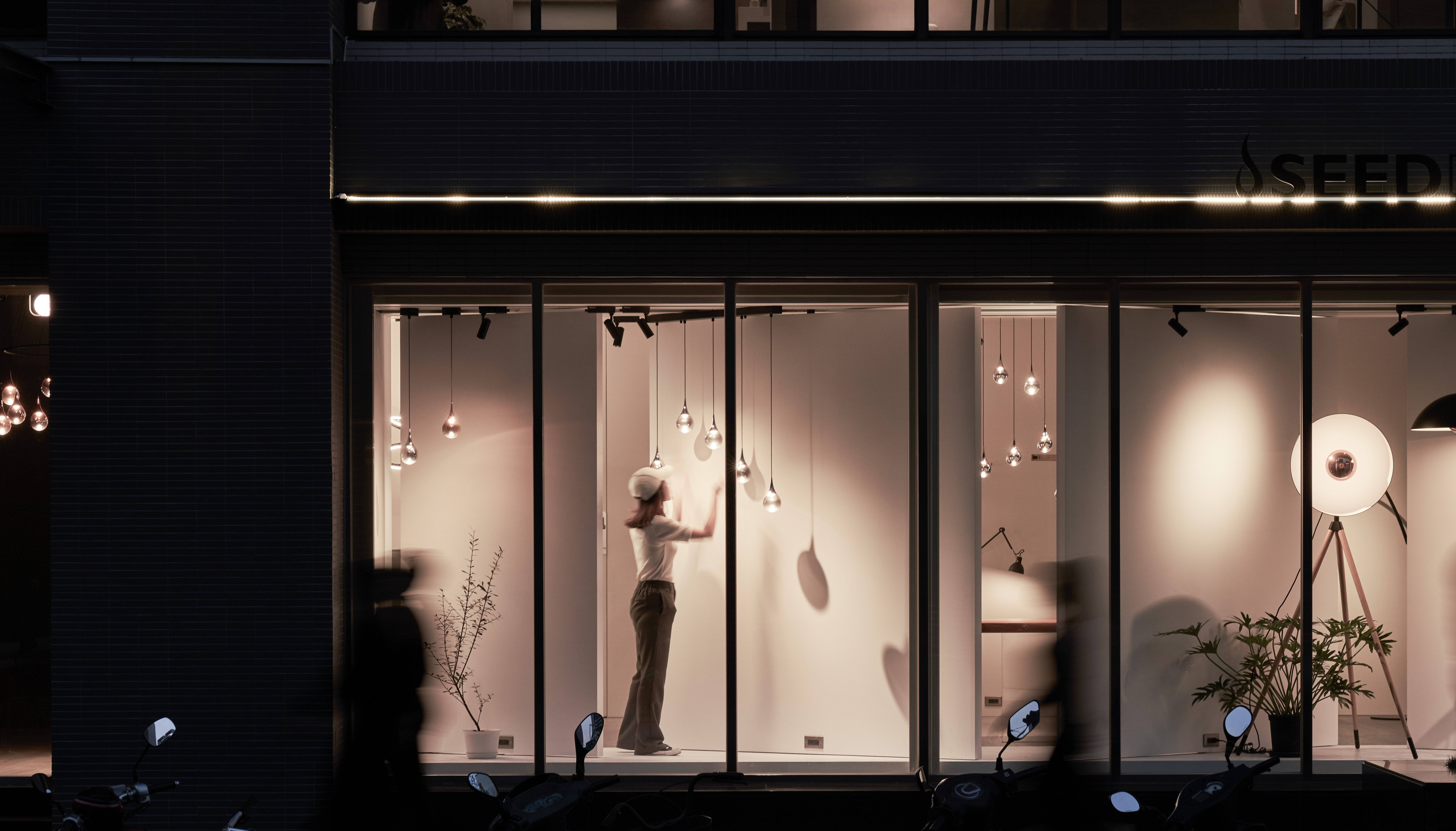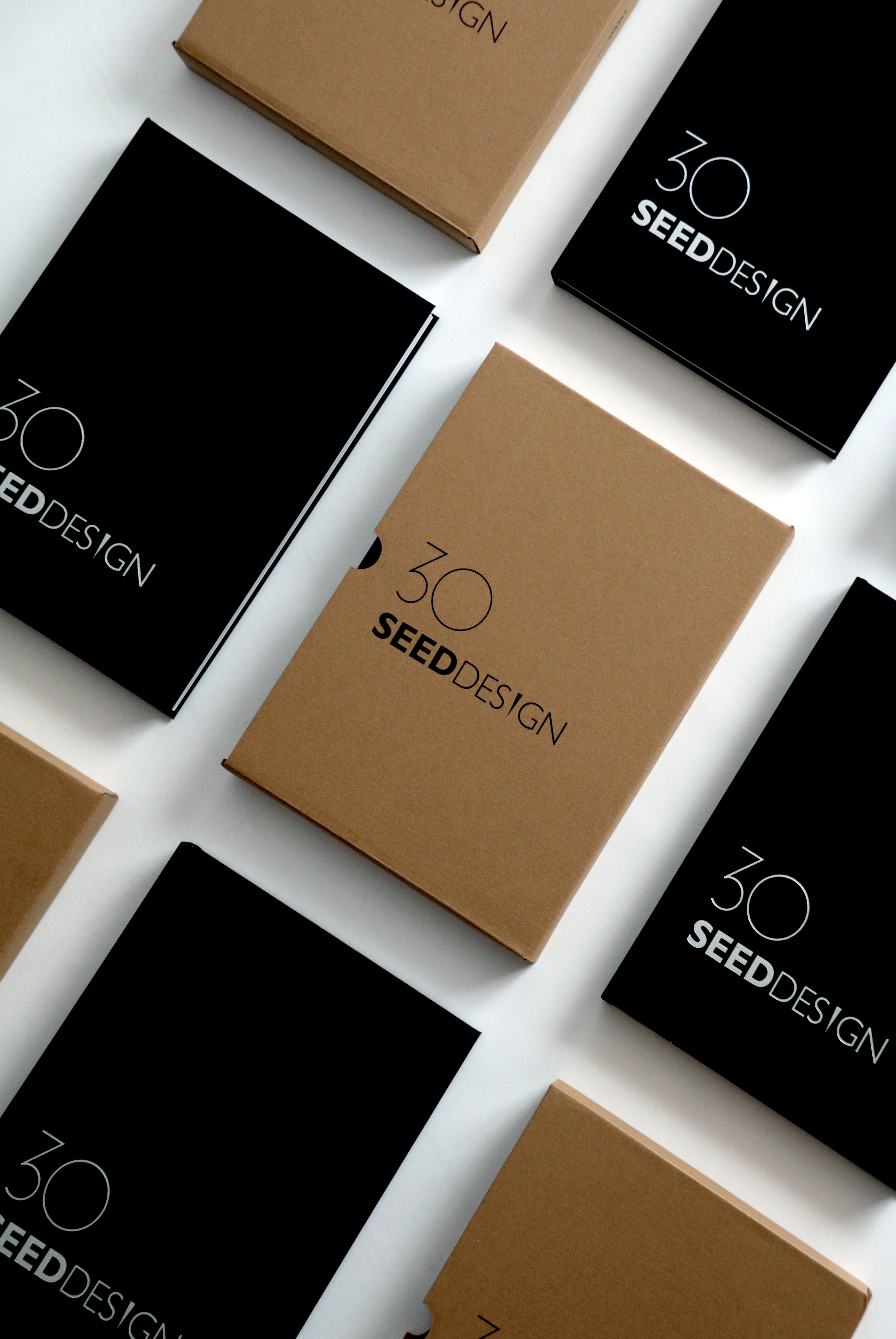What is a “good design”? Why is it important in our lives?
J:A good design must be beautiful and practical. Besides these two qualities, it must also be interesting and interactive. There are a lot of beautiful and practical products on the market, which are nothing new to us. But without interaction, they can sometimes be a little boring. Also, the supply exceeds demand in this day and age, which is why we often ask ourselves: “If customers do not buy this lamp, what difference will it make to them? Do they have better options?” Sometimes, we even ask: “Is it better not to provide than to provide?”
Besides having a good design, we want the product to be durable. This falls in line with environmental protection because making a product very durable so it can last ten years is, in a way, protecting the environment. We will not discuss high-end green materials now because a lot of green materials are not necessarily more durable than traditional metals or fiber-reinforced plastics. This goes back to our philosophy—good products are durable, and you do not have to search for other ones on the market when their time is up. Therefore, SEED’s marketing strategy is not to bombard customers, as if we are the only option. But the longer you use our products, the more you will recognize their importance.

